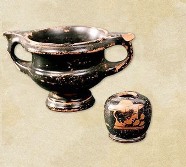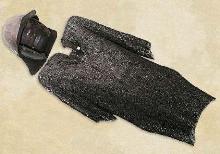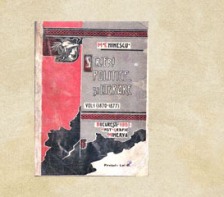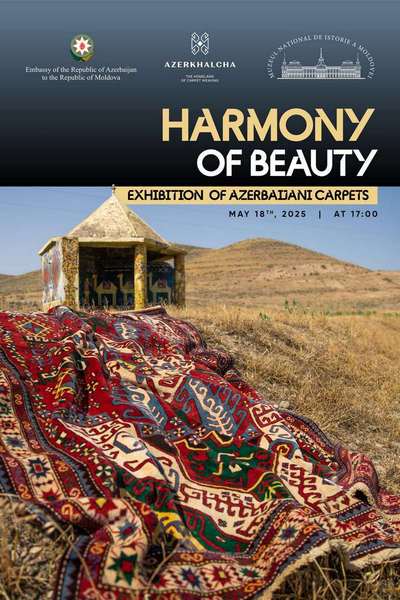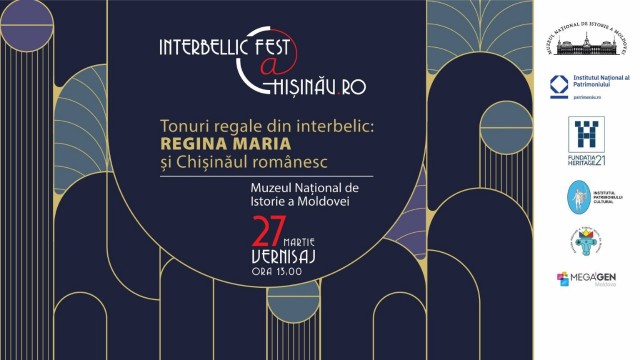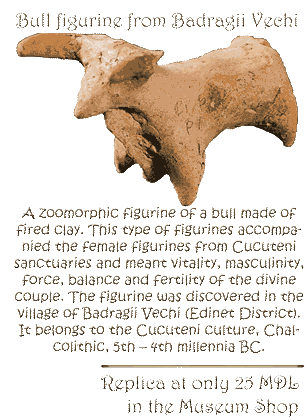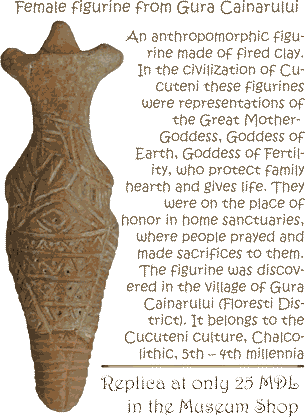  Events Archive Events Archive
Expanding cooperation with institutions from the Republic of Lithuania
May 10, 2023
In the context of developing the cooperation with institutions from the Republic of Lithuania, on May 10, 2023, at the Museum of Occupations and Freedom Fights in Vilnius, Lithuania took place the opening ceremony of the PHOTO-DOCUMENTARY EXHIBITION "CHILDHOOD IN THE GULAG". The exhibition presents photo-documentary images about the life of Bessarabian children condemned by the totalitarian-communist regime of the Moldavian SSR to deportation, starvation, Russification, indoctrination, forced removal from their own families, during the years 1940-1941 and 1944-1953. At the opening of the event, the ambassador of the Republic of Moldova in the Republic of Lithuania, H.E. Emil Druc, greeted the guests and thanked the Genocide and Resistance Research Centre of Lithuania for presenting the thematic exhibition of resonance for the common history of our countries. Curator of the exhibition dr. Ludmila D. Cojocaru, mentioned the actuality of the recovering, documentation and historical investigation of the testimonies shared by the victims of the totalitarian-communist regime in the URSS. The General Director of the Genocide and Resistance Research Centre of Lithuania, dr. Arunas Bubnys, referred to the achieved remarkable results in the framework of bilateral cooperation, expressing his certainty in the successful implementation of future inter-institutional projects. In this context, the signing of the COOPERATION AGREEMENT ESTABLISHED BETWEEN THE GENOCIDE AND RESISTANCE RESEARCH CENTRE OF LITHUANIA AND THE NATIONAL MUSEUM OF HISTORY OF MOLDOVA took place. At the event, the President of the Association of Romanian Language and Culture "Dacia" in Lithuania, Mrs. Lucia Bartkiene, spoke, who referred to the pages of history inscribed in the collective memory of the societies of Lithuania and Moldova. The exhibition brings together about 180 photo-documentary images, accompanied by memories and archival documents from the collections of the National History Museum of Moldova, the Edineț County Museum, the Museum of History and Ethnography in Soroca, the INIS ProMemoria Archive of the MSU, as well as from the archives of the communities memory and of the survivors of the totalitarian-communist regime in the Moldavian SSR. The exhibition presented in Vilnius is a tribute to the children who went through the atrocities of the totalitarian-communist regime in the USSR, as well as an action to condemn the war launched by the Russian Federation against Ukraine. The photo-documentary exhibition "Childhood in the Gulag" can be visited between May 10-20, 2023, at the headquarters of the Museum of Occupations and Freedom Fights (str. Aukų, no. 2A, Vilnius, Republic of Lithuania).
|
 31 August 1989 St., 121 A, MD 2012, Chisinau, Republic of Moldova
31 August 1989 St., 121 A, MD 2012, Chisinau, Republic of Moldova




 The side panels are elegantly decorated with refined cast-iron elements in the Art Nouveau style, displaying the brand name - "Ideal." The Polyglott model, featuring a bilingual keyboard patented in the United Kingdom by Max Klaczko from Riga, Latvia, was produced between 1902 and 1913, marking the first typewriter capable of writing in two languages. The "Ideal Polyglott" typewriter was actively sold in the Russian Empire and gained significant popularity in Poland, Bulgaria, and Serbia.
The side panels are elegantly decorated with refined cast-iron elements in the Art Nouveau style, displaying the brand name - "Ideal." The Polyglott model, featuring a bilingual keyboard patented in the United Kingdom by Max Klaczko from Riga, Latvia, was produced between 1902 and 1913, marking the first typewriter capable of writing in two languages. The "Ideal Polyglott" typewriter was actively sold in the Russian Empire and gained significant popularity in Poland, Bulgaria, and Serbia.





















